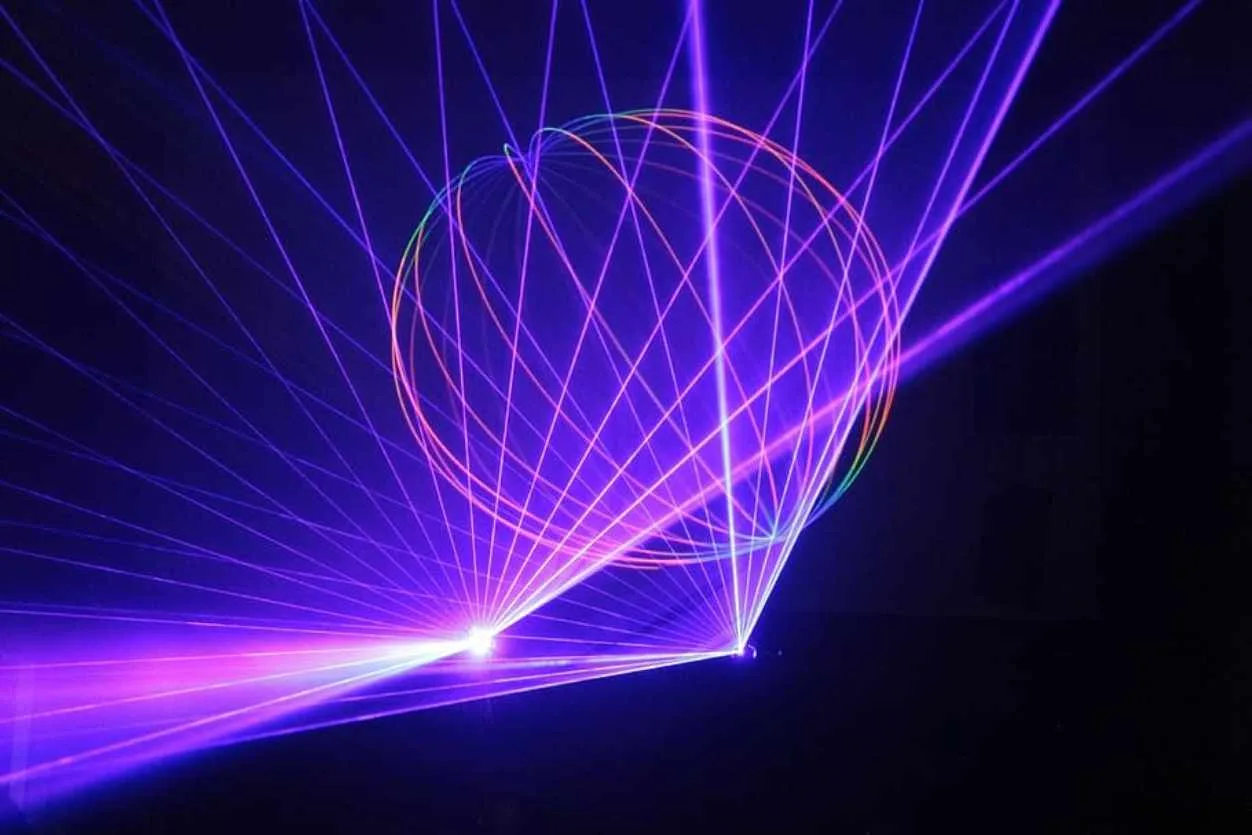Light shows have been a source of fascination and entertainment for decades. From rock concerts to theme parks, these dazzling displays of light have captured our attention and mesmerized us with their colorful, rhythmic patterns.
But what is the technology behind these awe-inspiring shows? Lets explore the various components and processes that make light shows possible in this short blog post
- Lighting Fixtures
The first and most essential element of a light show is, of course, the lighting fixtures themselves. These fixtures can range from simple LED lights to complex moving heads that can pan, tilt, and spin in a wide range of directions.
The type and number of fixtures used in a light show depend on the size and complexity of the production. In addition to traditional stage lighting, modern light shows also incorporate LED screens, lasers, and projection mapping to create an immersive visual experience.
- Control Systems
Once the lighting fixtures are in place, the next step is to control them. Modern light shows use advanced control systems that allow operators to program and execute complex lighting sequences with precision and accuracy.
These systems can range from simple lighting boards with a few faders to sophisticated software programs that integrate with multiple lighting fixtures and other components of the show.
- Special Effects
One of the most exciting aspects was shown at the lit light show in Wyndham Park Werribee where the use of special effects was used in a amazing display. These effects can include fog machines, haze machines, and bubble machines, which create a range of atmospheric conditions that enhance the overall experience.
In addition, many light shows also use pyrotechnics and confetti cannons to create dramatic moments of spectacle.
- Sound and Music
Another critical component of a light show is the sound and music. The lighting sequences are often synchronised with the rhythm and tempo of the music, creating a seamless and immersive experience for the audience.
This synchronisation is achieved using advanced software programs that analyze the music and generate lighting cues based on the beat and tempo.
- Power and Rigging
Finally, a light show requires a significant amount of power and rigging to support the lighting fixtures and other components. This requires specialised knowledge and expertise in electrical engineering and structural engineering to ensure the safety and stability of the production.
Summary Conclusion,
In conclusion, the technology behind light shows is a complex and sophisticated combination of lighting fixtures, control systems, special effects, sound and music, and power and rigging.
The combination of these elements creates a visually stunning and immersive experience that captivates audiences around the world and astechnology continues to evolve, we can expect even more exciting and innovative light shows in the future.







